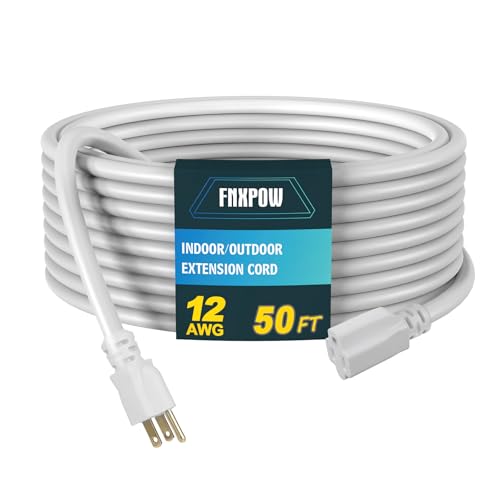



Maintaining a high-performance cleaning device doesn’t have to be complicated. Regularly check the nozzle for blockages; a clean nozzle ensures optimal water flow and pressure. If the stream isn’t as strong as it should be, it’s time to inspect and possibly replace the nozzle.
Next, focus on the intake filter. Over time, debris can accumulate, leading to reduced efficiency. Remove the filter, clean it thoroughly, and replace it if it shows signs of wear. This simple step can significantly improve the operation of your machine.
Pay attention to the oil levels in gasoline models. Keeping the engine lubricated is key for longevity and performance. Regularly check the tank and top it up with the recommended oil to ensure smooth functionality.
Lastly, inspect hoses and connections for leaks. Any cracks or fraying can cause loss of power and water, undermining the effectiveness of your device. Replace damaged components promptly to keep everything running smoothly.
Maintenance Tips for Your Cleaning Equipment
Regular inspection of your machine is paramount. Check the oil level frequently. Use the manufacturer’s recommended oil and ensure it’s at the correct level. If the oil appears dirty, replace it.
Keep the Filter Clean
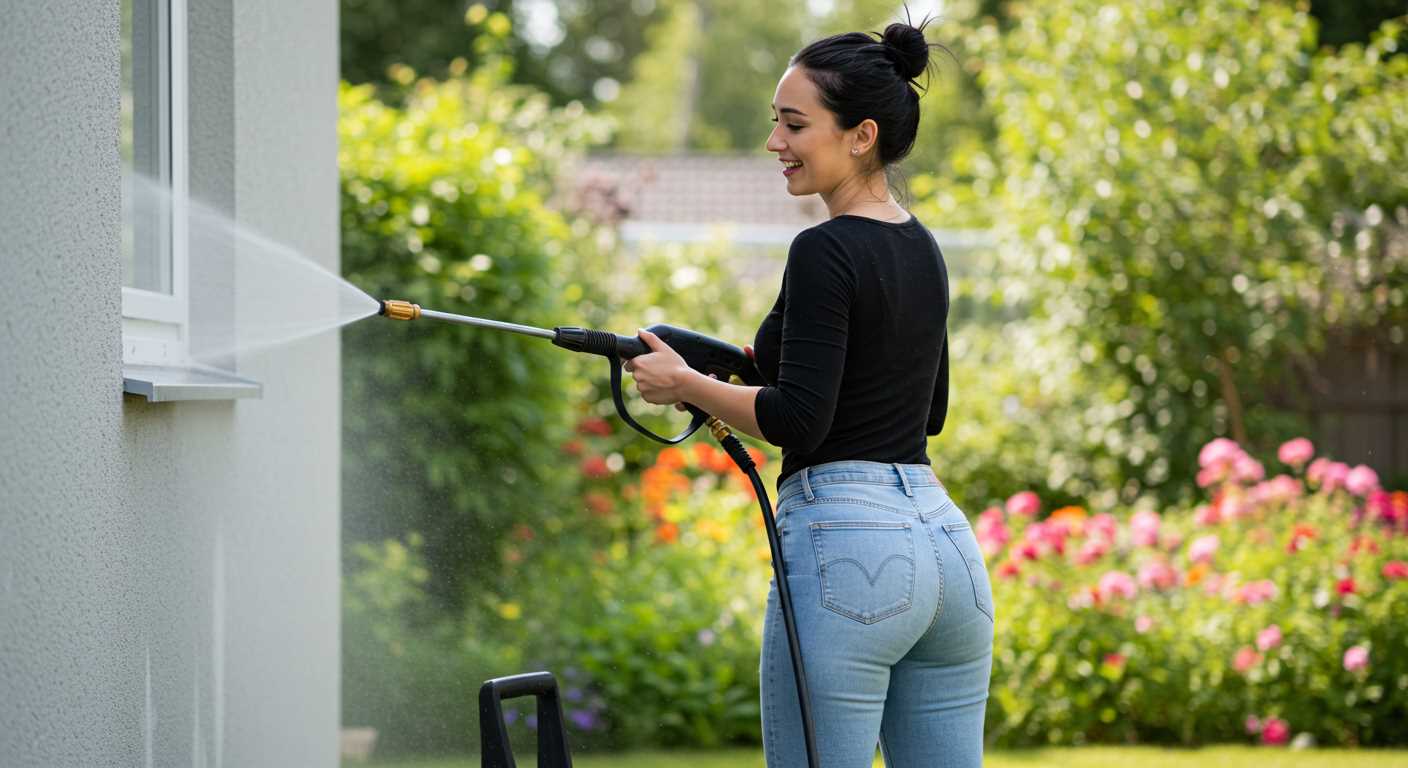
Inspect the air filter regularly. A clogged filter can restrict airflow and reduce efficiency. Clean or replace it as needed:
- Remove the filter from the intake.
- Use compressed air to blow out dirt and debris.
- If heavily soiled, wash the filter in warm soapy water, rinse, and let it dry completely before reinstalling.
Inspect Hoses and Connections
Examine all hoses for wear, leaks, or cracks. Replace any damaged hoses immediately:
- Check connections for tightness.
- Use plumber’s tape on threaded connections to prevent leaks.
- Avoid kinking or twisting hoses during storage.
Be mindful of the nozzle condition. Clean the nozzle or replace it if it shows signs of blockage. This can significantly enhance the output performance.
Store your equipment in a dry, cool place. Avoid leaving it outside as weather conditions can damage components. Use a cover if storage indoors isn’t possible.
Inspecting the Equipment for Damage
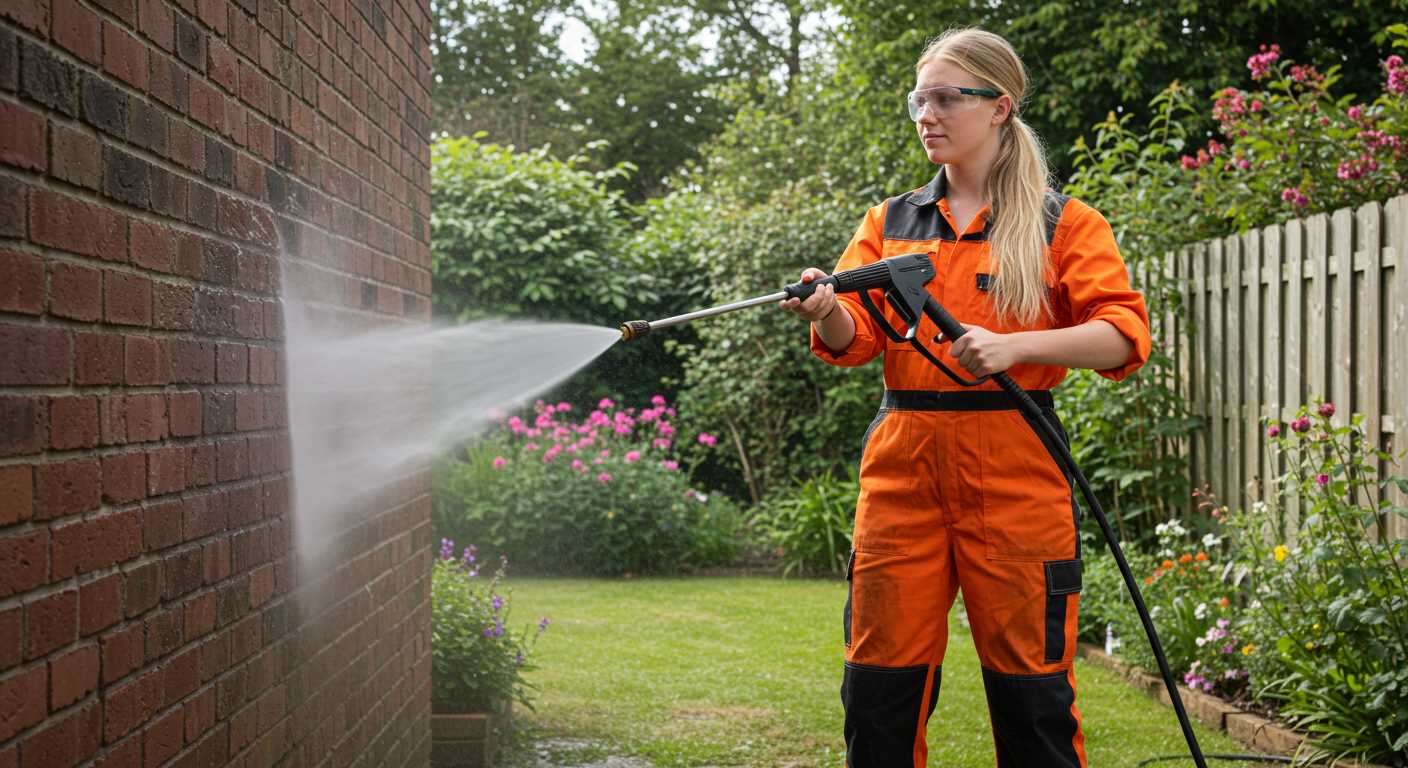
Begin with a thorough visual examination of the entire unit. Look for any cracks, dents, or signs of wear on the housing, which could affect performance or safety.
- Check the hoses: Inspect for leaks, bulges, or fraying. Any visible damage indicates a need for replacement to prevent water loss and pressure drop.
- Examine the nozzle: Make sure it is clear of debris. A blocked or damaged nozzle can restrict water flow, reducing cleaning efficiency.
- Review connections: Ensure that all fittings are tight and secure. Loose connections may result in leaks and diminished output.
- Assess the motor: Listen for unusual noises or vibrations while operating. These may indicate internal issues that require professional attention.
- Inspect the filter: Clean the inlet filter regularly. A clogged filter restricts water flow and can lead to engine strain.
After the inspections, document any findings. Prioritise repairs based on severity to maintain optimal operation. Regular scrutiny of components allows for early identification of potential failures and prolongs the lifespan of the machinery.
Cleaning the Filter and Nozzles
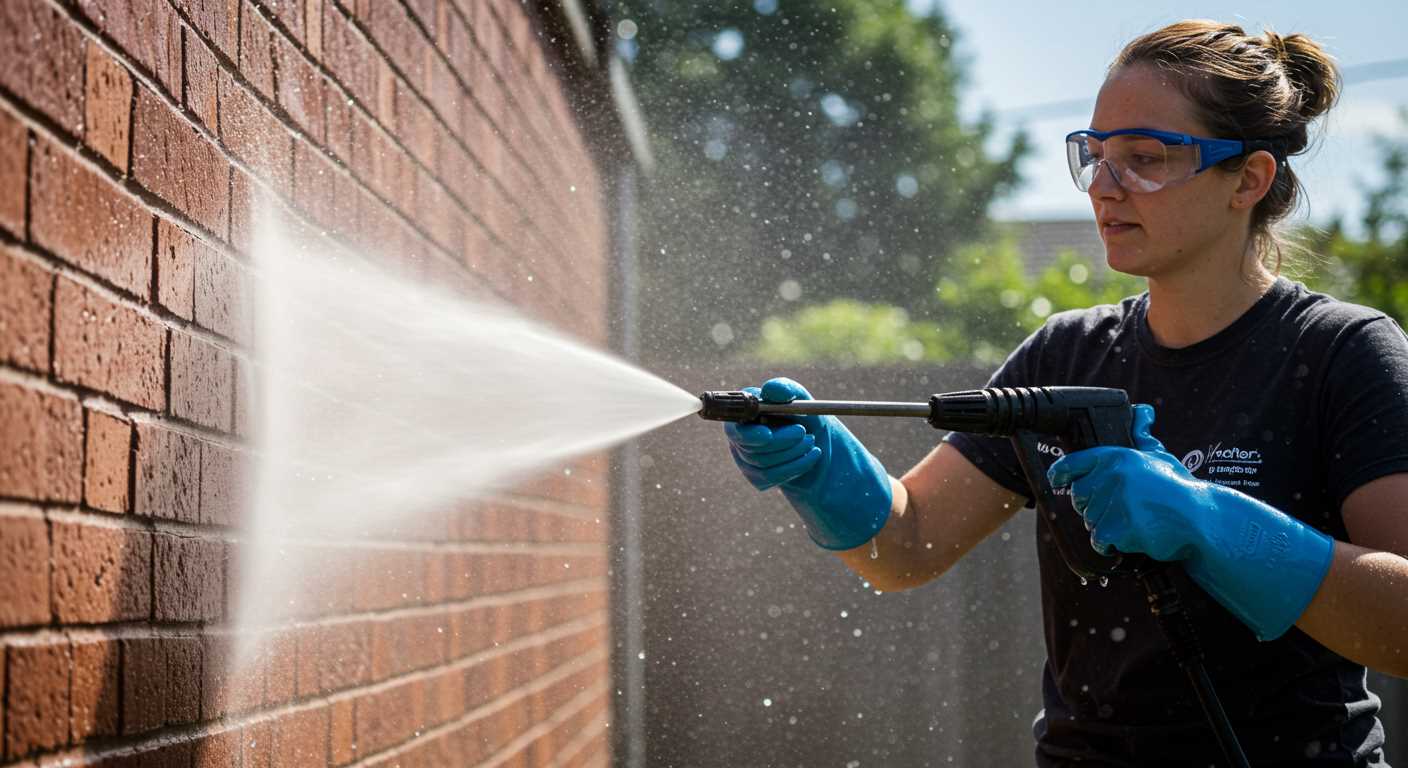
Regular maintenance of the filter is crucial for optimal functionality. Begin by disconnecting the water supply and removing the filter from its housing. Inspect for any debris or build-up that could restrict water flow. Rinse the filter under warm water to eliminate dirt. If the filter appears damaged or excessively clogged, replacing it is advisable.
Nozzles require attention as well. They directly influence the cleaning effectiveness. Detach each nozzle and examine for blockages. A fine needle or pin can clear stubborn debris lodged inside. After clearing, thoroughly rinse the nozzles to ensure a smooth flow of water. Consider soaking them in a vinegar solution if mineral build-up is evident, which can help dissolve stubborn residues.
Reattach the clean filter and nozzles securely before reconnecting the water supply. Performing these steps enhances performance significantly, prolongs the life of the equipment, and ensures that cleaning tasks are accomplished efficiently. Make it a habit to check these components during routine inspections to maintain high efficiency during use.
Replacing the Oil and Checking the Engine
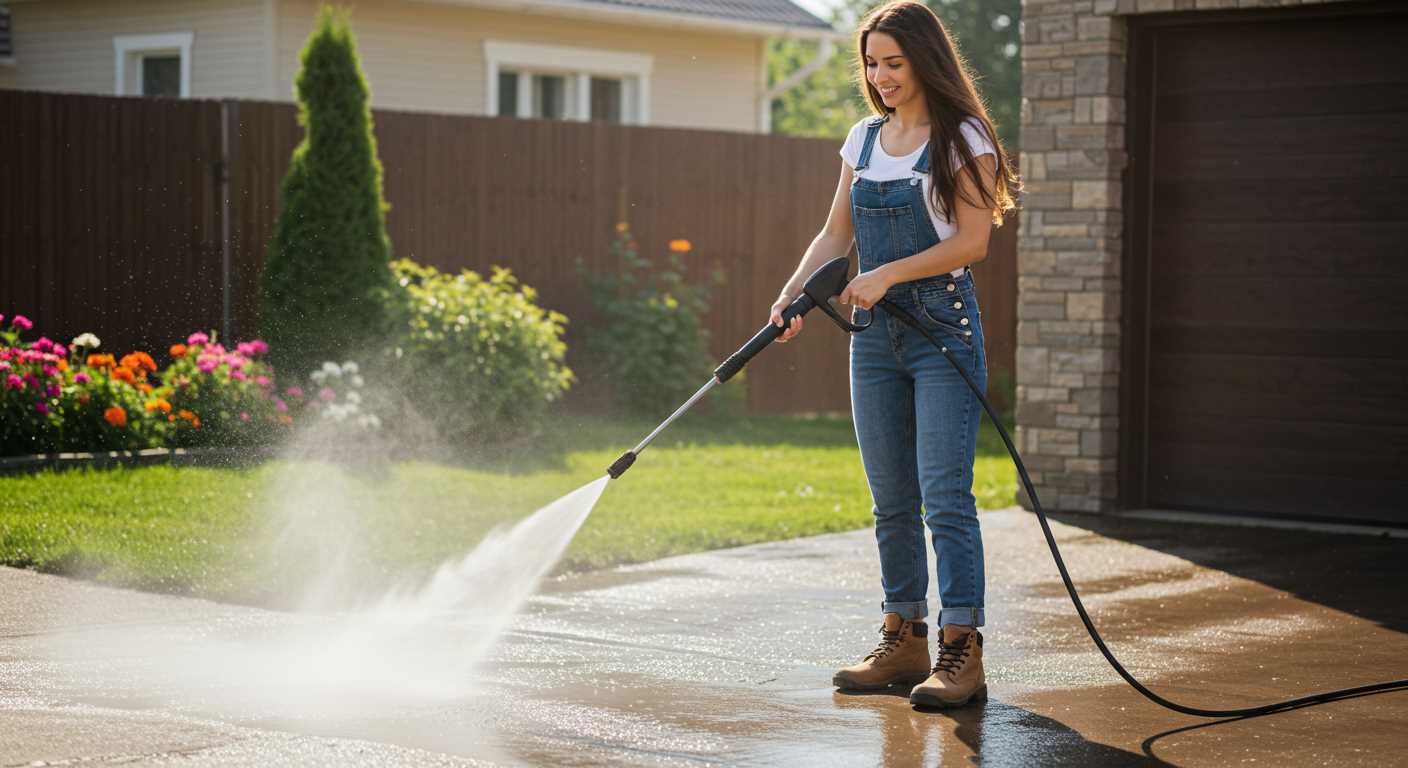
Begin by ensuring the unit is switched off and cool. Remove the oil drain plug, allowing the old oil to flow entirely into a suitable container. After draining, replace the plug securely. Use a funnel to add fresh engine oil, checking the manufacturer’s recommendations for the correct type and amount. Aim for a clean, even fill, then wipe away any spills.
Next, inspect the oil level using the dipstick. If your model lacks this feature, simply look for the fill hole. Maintain a level between the “full” and “low” markers for proper function. If the oil appears dark or gritty, consider replacing it instead of just topping up; this enhances engine efficiency.
Moving on to engine components, examine for any signs of wear or damage. Pay special attention to the air filter, which should be clean and free of debris. A clogged filter can affect performance. Clean or replace it as necessary. Inspect the spark plug; it should be in good condition and not covered in soot. Replace it if heavily worn or if starting issues occur.
Finally, ensure all connections and bolts are tight. A loose assembly can lead to leaks or inefficiencies. Performing these checks and maintenance tasks regularly prolongs the lifespan of the equipment and keeps it operating effectively.
Testing and Adjusting the Pressure Settings
Begin by connecting the unit to a water supply and energising the motor. Activate the spray trigger for a few moments to remove any air from the system. Once operational, observe the performance closely; a consistent spray pattern indicates a proper setting.
Measuring the Output
.jpg)
For precise calibration, use a pressure gauge attached to the outlet. Input readings should match the manufacturer’s specifications, usually indicated in the user manual. If the gauge displays a lower reading than expected, inspect for obstructions or damage in the nozzle and hoses.
Fine-Tuning the Force
If adjustments are needed, locate the pressure adjustment knob, typically situated near the pump. Turn it clockwise to increase the output or counterclockwise to decrease. Make gradual changes and test the spray pattern after each adjustment. A focused stream is ideal for tough stains, while a wider fan is preferable for delicate surfaces.
After achieving the desired settings, re-check the gauge to ensure it corresponds with your adjustments. Conduct a practical test on a surface similar to the ones you intend to clean, assessing the impact to confirm the adjustments meet your requirements.
Checking the Hoses and Connections
Examine all hoses for wear, cracks, or leaks. Any damage can lead to reduced performance or safety hazards. Replace any frayed or compromised hoses immediately. Ensure that all connections are tight. Loose fittings can contribute to pressure loss and leaks; hand-tighten all screws and connections. Use a wrench for any fittings that require more than hand-tightening.
Inspect the quick-connect fittings at both ends of the hoses. Clean these connectors to remove any debris or contaminants that may disrupt a proper seal. Lubricate rubber O-rings lightly with petroleum jelly to maintain flexibility and prevent cracking, which can lead to leaks.
Check the inlet hose that connects to the water supply. Ensure that it is not kinked or pinched, as this can restrict water flow. Additionally, look for signs of mineral buildup inside the hose that could impede performance. If necessary, flush the hose with clean water to remove any blockages.
Finally, verify that the high-pressure hose is rated for the specifications of your unit. Using an incorrect hose type may result in damage under operational stress. If in doubt, consult your user manual for the correct specifications and replace accordingly.
Cleaning the Pump and Removing Debris
Begin frequent maintenance by detaching the water inlet and outlet hoses. This access allows for a thorough inspection and simplifies cleaning the pump. Use a soft brush or cloth to remove accumulated dirt and debris from the pump exterior. A vacuum with a nozzle attachment can assist in clearing out any stubborn particles.
Next, check the inlet filter screen for blockages. If dirty, rinse it with clean water to dislodge any trapped debris. Should the filter be excessively clogged, consider replacing it to prevent potential damage. Regularly replacing the filter ensures optimal performance and longevity of the unit.
Inspect the pump seals and gaskets for wear or damage. Signs of deterioration can lead to leaks and reduced efficiency. If necessary, replace these components promptly; this simple step can prevent larger issues down the line.
Finally, reassemble connections securely, ensuring no debris is present to interfere with water flow. After cleaning, run the machine briefly without any attachments to flush out remaining particles, ensuring a smooth operation during future use.
Storing the Equipment Properly for Longevity
Always drain the water from the unit before storage. Any residual water can freeze during colder months, causing damage to internal components. After draining, ensure that the pump and hoses are free from moisture.
Keep the machine in a dry, sheltered location. A garage or shed that’s protected from direct sunlight and extreme temperatures is ideal. If outside storage is necessary, use a weatherproof cover to shield it from rain and debris.
Remove any detachable parts, like nozzles and attachments, and store them in a designated container. This not only prevents loss but also avoids potential damage to these components. Label the container for easy access in the future.
Check the fuel level if you’re using a gas-powered model. Storing with a full tank can minimize condensation inside the tank. However, use a fuel stabiliser to prevent the fuel from deteriorating. If using electric models, always unplug the unit and store the cord neatly to avoid fraying.
For optimal performance during the next use, perform a quick visual inspection every time you retrieve the equipment. Look for signs of wear and tear, and ensure all components are intact.
| Storage Steps | Details |
|---|---|
| Drain Water | Prevent freezing and damage. |
| Dry Location | Use a garage or shed; avoid direct sunlight. |
| Remove Parts | Store nozzles and attachments separately. |
| Check Fuel | Use stabiliser for gas models; keep tank full. |
| Visual Inspection | Look for wear before next use. |

